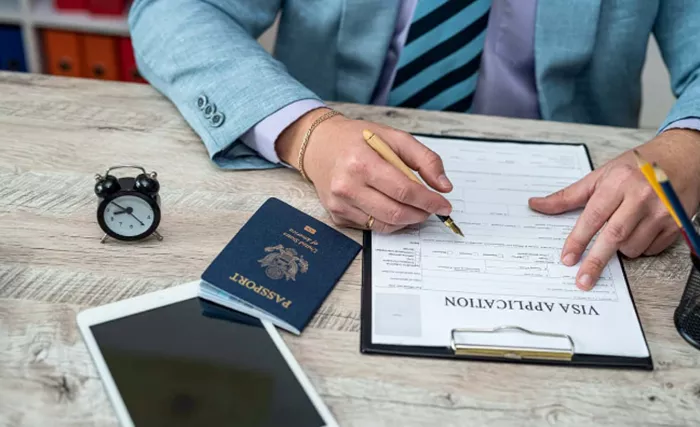In a significant shift in Australia’s education landscape, the period from October 2023 to August 2024 saw a 38% decline in the total number of study visas issued compared to the previous year. The Vocational Education and Training (VET) sector was particularly affected, experiencing a staggering 67% drop in study visas. Meanwhile, the English Language Intensive Courses for Overseas Students (ELICOS) and higher education sectors faced reductions of 50% and 25%, respectively, according to data from Studymove, an education consultancy.
Keri Ramirez, managing director of Studymove, noted during a webinar on October 17 that new visa caps would likely revert international student numbers to 2023 levels. However, he highlighted that visas granted for higher education are already 25% lower than last year, with new enrollments in the second half of 2024 down by 11%.
Ramirez emphasized the disruptive nature of these policy changes, stating, “Markets react differently to changes, but the vast differences among them illustrate how challenging it has been for education providers to adapt.” Over the past year, Australian higher education has faced rising visa costs, increased financial requirements, stricter English-language proficiency standards, and modifications to post-study work visa regulations.
The primary policy driving these changes is Ministerial Direction 107, which was enacted in December 2023. This directive imposes stricter scrutiny on offshore student visa applications and will soon be replaced by the controversial ESOS Bill, which includes caps on international students.
Ramirez expressed concern over the confusion these constant changes have caused for prospective students trying to understand Australia’s educational offerings. He criticized Ministerial Direction 107 for its lack of clarity and fairness in visa applications. “It’s unfair when applicants don’t know the criteria needed for a visa,” he remarked.
While Bangladesh saw a 3% increase in student visas granted, all other markets reported declines. The Philippines experienced the most significant drop at 67%. The following statistics illustrate the varied impacts across different countries:
Bangladesh: +3%
China: -7%
Japan: -7%
Sri Lanka: -26%
Vietnam: -28%
Indonesia: -32%
Brazil: -46%
Nepal: -53%
India: -56%
Colombia: -62%
Philippines: -67%
Ramirez pointed out that ongoing changes have made it difficult for students to assess Australia’s value as an educational destination. He noted that while these policies were implemented last December, their effects on student visas did not become apparent until April or May 2024.
Looking ahead, Studymove forecasts a 6.2% increase in average international student fees in 2025—the largest rise since 2018—as institutions adjust their strategies to meet financial goals amid new caps. This adjustment may include diversifying offerings with more emphasis on study abroad programs and online learning.
As Australian universities navigate these turbulent waters, they face significant challenges in meeting proposed caps while maintaining educational quality and accessibility for international students.
Related topics:
- Colorado Billboards Promote Immigration to Challenge Hate Speech
- Harris Teams Up with Liz Cheney as Trump Uses Dark, Anti-Immigrant Language Again
- Lawmakers: Immigration Detention Center Companies Profit Greatly from Taxpayer Funds


